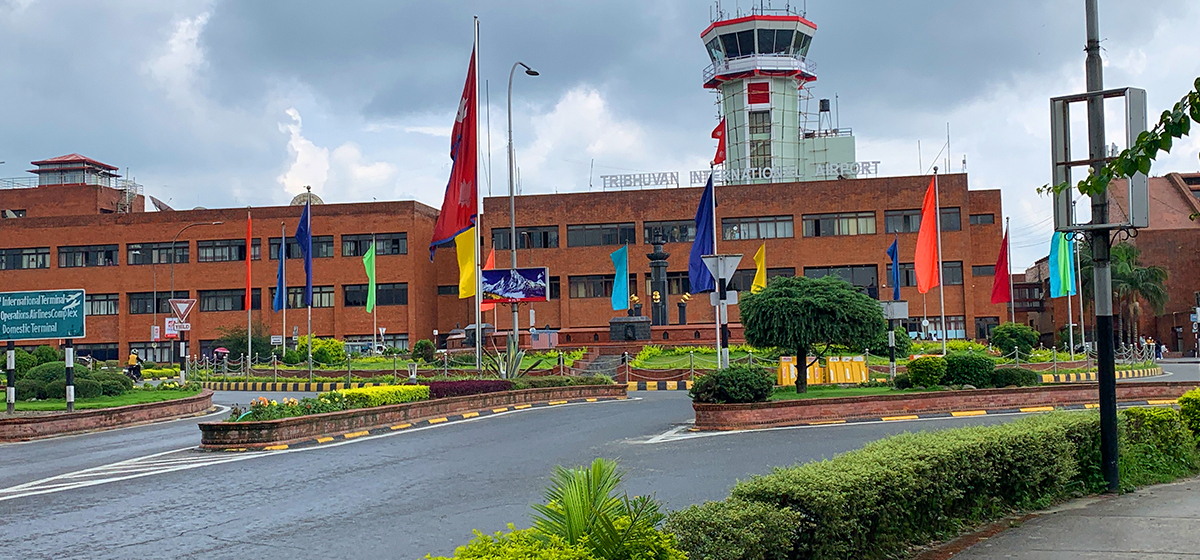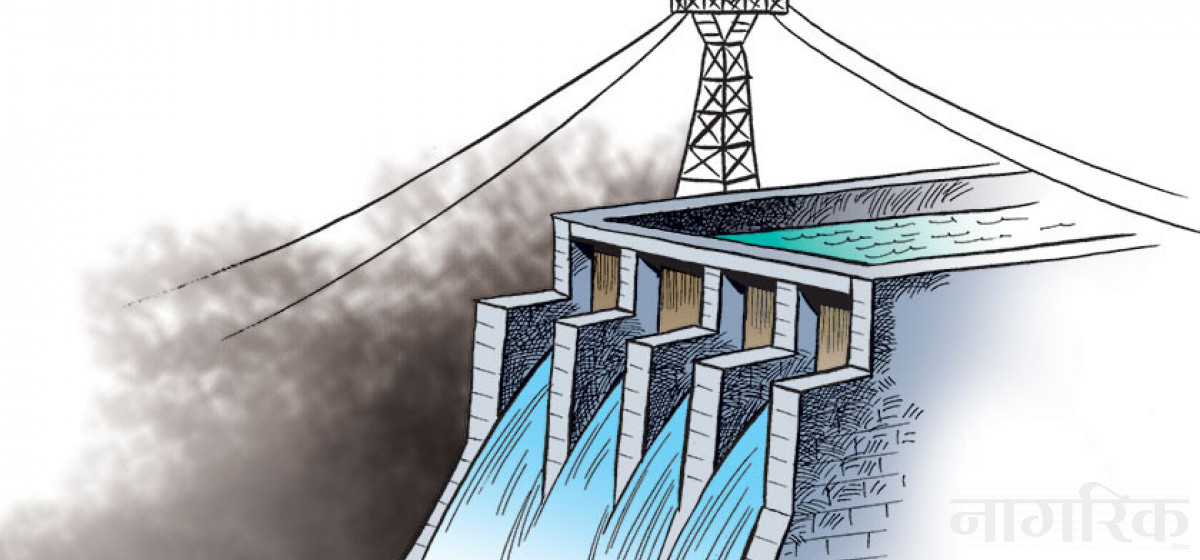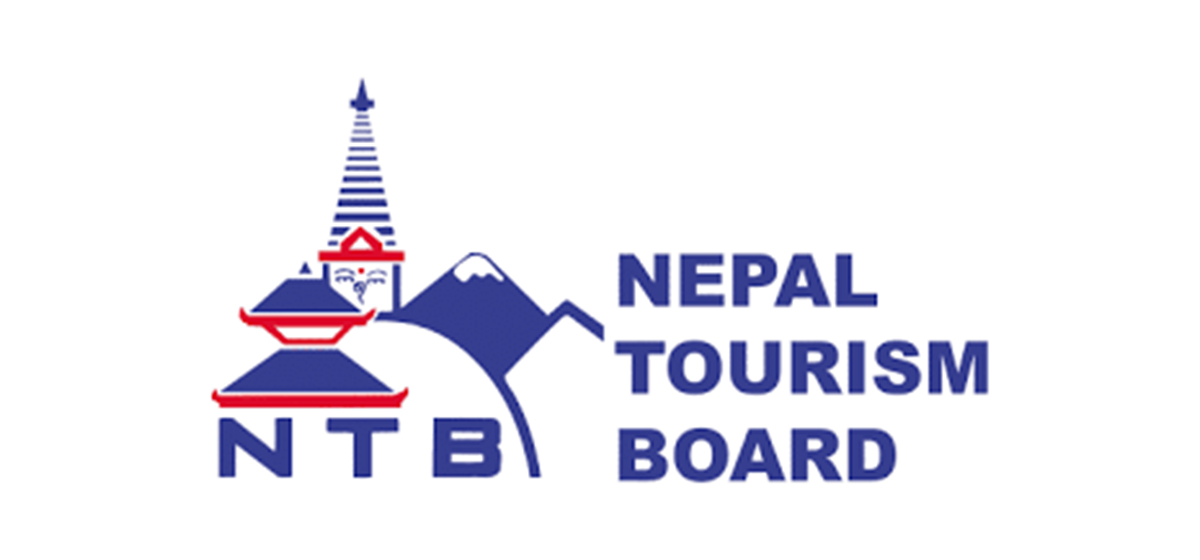
OR
Bill to criminalize torture tabled
Published On: August 30, 2016 02:40 AM NPT By: Ashok Dahal | @ashokpillar

KATHMANDU, Aug 30: Nearly two years after its registration at Parliament, a bill to criminalize torture has been tabled in the House, paving the way for lawmakers to register their amendments and have further discussions on it.
The bill has defined torture as physical and mental abuse by security forces of any person in their custody in the course of remand or criminal investigation. The bill has criminalized such acts and proposed a five-year jail term for the perpetrators, including the official who orders the torture.
Though then home minister Bam Dev Gautam registered the 'Bill to Control Torture, Inhuman, Brutal and Disrespectful Acts' at Parliament back in December 2014, the government didn't push it forward for nearly two years.
After pressure from the Truth and Reconciliation Commission (TRC), the Commission of Investigation on Enforced Disappeared Persons (CIEDP) and various human right activists, Minister for Physical Infrastructure and Transportation Ramesh Lekhak on Sunday tabled the bill at the House for further proceedings.
Victims and human rights activists had been demanding the endorsement of the bill at the earliest as the existing laws in the country do not criminalize torture even though International Humanitarian Law considers torture a heinous crime and rules out amnesty for such an offense.
Though the CIEDP and TRC Act has mentioned torture as a heinous crime, the TRC did not have a national law under which it could recommend legal action against perpetrators of torture. Victims had a fear that any culprit of a conflict-era torture case would escape punishment in the absence of such a law in the country. Nepal is party to several international human rights conventions including the United Nations Convention Against Torture.
The bill just tabled has criminalized torture, any orders issued for torture and the encouragement of and assistance in an act of torture. The bill proposes that any perpetrator who either performs an act of torture or instructs its perpetration could be fined up to Rs 50,000 or slapped a jail term of up to five years or both. Similarly, any person involved in assisting the act of torture directly or indirectly would be slapped a three-year jail term or a Rs 30,000 fine or both.
Similarly, the bill has proposed compensation to the victims from the perpetrators.
The bill provisions that any victims of torture should file complaints at the district court within 90 days of such torture or after being released from custody. The court would then order the district police office to investigate the cases.
After its endorsement by Parliament, the bill will replace the Compensation Act 2053 BS .
You May Like This

Criminalize cases of torture and enforced disappearance: Conflict victims
REPUBLICA (KATHMANDU): National Network of Families of Disappeared and Missing Nepal, an organization of families of the victims of enforced... Read More...

Criminalize conflict-era torture and enforced disapperaces: NHRC
KATHMANDU, Feb 5: The National Human Rights Commission (NHRC) has asked the government to come up with a law criminalizing conflict-era... Read More...

'Bill to Control Torture must be amended'
KATHMANDU, Feb 27: Experts have said that the Bill to Control Torture, Inhumane, Brutal and Disrespectful Acts 2016 which is... Read More...



Just In
- 16 candidates shortlisted for CEO position at Nepal Tourism Board
- WB to take financial management lead for proposed Upper Arun Project
- Power supply to be affected in parts of Kathmandu Valley today as NEA expedites repair works
- Godepani welcomes over 31,000 foreign tourists in a year
- Private sector leads hydropower generation over government
- Weather expected to be mainly fair in most parts of the country today
- 120 snow leopards found in Dolpa, survey result reveals
- India funds a school building construction in Darchula







_20220508065243.jpg)








Leave A Comment